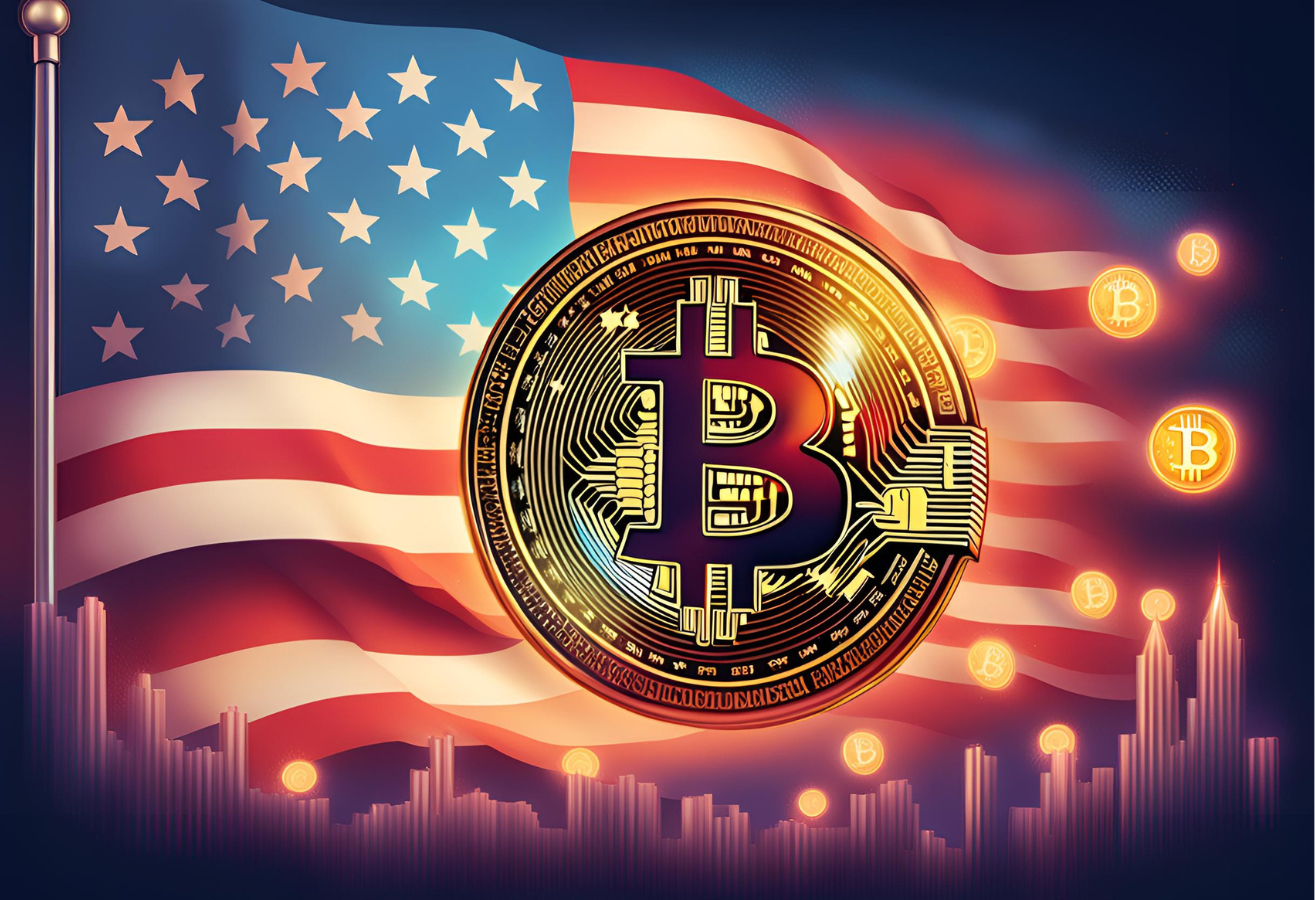Token swap or ‘coin swap’ is a revolutionary, innovative feature that has now become an integral part of the decentralized finance (DeFi) industry

At their core, token swaps are peer-to-peer exchanges of cryptocurrencies facilitated by smart contracts. But they’re more than just a quick way to trade. Token swaps represent a shift in how we think about liquidity and asset exchange.
Unlike traditional exchanges that use order books, most token swap platforms use automated market makers (AMMs). This system allows for constant liquidity but comes with its own set of challenges and opportunities that aren’t always obvious at first glance.
Here's a deeper look into the hidden mechanics of token swaps.
1. Constant Product Formula
Most AMMs use a simple formula to determine the exchange rate and price of assets in a liquidity pool. This formula, known as the constant product formula, states that the product of the two assets in a pool remains constant. For example, in a pool of ETH and DAI, the total ETH multiplied by the total DAI will always remain the same. This formula ensures that as one asset is bought or sold, the other asset's price adjusts accordingly to maintain the constant product.
2. Virtual Price and Slippage
When you perform a token swap, you might notice that the price you get isn’t exactly what you expected. This difference is called slippage. It occurs because AMMs calculate prices based on the current state of the liquidity pool, which can change rapidly, especially with large trades. To accommodate these changes, AMMs use a concept called virtual price, which is the price of an asset if it were to be bought or sold infinitely slowly. This virtual price differs from the actual price, and the difference is what causes slippage.
3. Impermanent Loss: The Hidden Risk for Liquidity Providers
Liquidity providers (LPs) play a crucial role in token swaps, but they also face a unique risk known as impermanent loss. This occurs when the price of the assets in a liquidity pool changes drastically after an LP deposits their tokens. As a result, the LP might end up with fewer tokens than they initially deposited if they were to withdraw at that moment. However, it's important to note that this loss is only realized if the LP withdraws their tokens before the prices return to their original state. If the LP were to keep their tokens in the pool until the prices fully recover, they would not incur any losses.
4. Price Impact and Frontrunning
Another aspect to consider is price impact, which refers to how a trade affects the price of an asset in a liquidity pool. Larger trades tend to have a more significant price impact, which can be beneficial or harmful depending on the situation. For instance, if you're buying an asset that's expected to increase in value, a higher price impact can lead to more profits. However, if you're selling an asset that might decrease in value, a lower price impact would be more favorable.
This price impact can also lead to a practice known as frontrunning, where advanced traders or bots can detect large trades and quickly perform smaller trades ahead of the main trade to capitalize on the price changes. This technique is legal in the world of DeFi but can be frustrating for traders making substantial trades.
5. Decentralization and Its Double Standards
One of the key talking points around token swaps is their decentralized nature, which is often contrasted with the centralized control of traditional exchanges. However, it's essential to understand that while token swaps might not be directly regulated by a central authority, the platforms that facilitate these swaps can still be subject to varying degrees of oversight.
This double standard arises because decentralized exchanges (DEXs) are often not fully decentralized in the sense that they're governed by a decentralized autonomous organization (DAO) or a group of individuals with varying levels of influence over the platform's operations. For instance, some DEXs might have the ability to pause or halt trading, which can be a point of contention among users who value complete decentralization.
Additionally, the code that governs these DEXs is usually open-source and can be audited by the community, but the updates to the codebase are often controlled by a smaller group of developers or governance token holders. This setup can lead to concerns about the speed of updates and the potential for governance attacks.
Despite these nuances, the decentralized nature of token swaps does provide a greater level of autonomy and freedom compared to centralized exchanges, which can be beneficial for users who prioritize self-custody and minimal external interference in their trades.
6. The Psychology of Token Swaps: How Gamification Shapes Trading
With the advent of token swaps, performing trades has become incredibly accessible, almost to the point of feeling like a game. This ease of use, coupled with the vibrant interfaces and the promise of quick profits, can lead to addictive behavior among some traders.
It's crucial to approach token swaps with a clear strategy and an awareness of the psychological traps that can lead to overtrading. The gamification of trading can make it easy to lose track of time and overextend yourself, which ultimately goes against the principles of sound trading practices
The above is the detailed content of Token Swaps: A Deep Dive Into the Revolutionary Feature of the DeFi Industry. For more information, please follow other related articles on the PHP Chinese website!
 Bitcoin Surges with Trump’s SupportJul 30, 2024 am 12:03 AM
Bitcoin Surges with Trump’s SupportJul 30, 2024 am 12:03 AMThe Republican candidate has promised to make it easier for the cryptocurrency sector to operate, with the goal of turning the U.S. into the “global capital of cryptocurrencies” if he wins the upcoming election.
 Donald Trump Pledges to Establish the United States as a Global Bitcoin SuperpowerJul 28, 2024 am 09:08 AM
Donald Trump Pledges to Establish the United States as a Global Bitcoin SuperpowerJul 28, 2024 am 09:08 AMAnnounced as a speaker at the Bitcoin 2024 conference in Nashville, Tennessee, from July 25-27, Trump's commitment aligns with his broader vision
 Donald Trump Promises to Make the United States the "Crypto Capital" of the World if He Wins in NovemberJul 28, 2024 am 09:11 AM
Donald Trump Promises to Make the United States the "Crypto Capital" of the World if He Wins in NovemberJul 28, 2024 am 09:11 AMDonald Trump addressed the biggest bitcoin conference of the year Saturday, promising to make the United States the "crypto capital" of the world if he wins in November.
 Bitcoin (BTC) Stands Against the Other CryptocurrenciesJul 27, 2024 pm 09:25 PM
Bitcoin (BTC) Stands Against the Other CryptocurrenciesJul 27, 2024 pm 09:25 PMWe recently compiled a list of the 10 Best Cryptocurrencies to Buy Now. In this article, we are going to take a look at where Bitcoin (BTC) stands against the other cryptocurrencies.
 Kamala Harris Rumored to Be More Open-Minded About Cryptocurrency and Blockchain TechnologyJul 28, 2024 am 12:23 AM
Kamala Harris Rumored to Be More Open-Minded About Cryptocurrency and Blockchain TechnologyJul 28, 2024 am 12:23 AMThe crypto world was abuzz this week with rumors that Kamala Harris, the newly declared Democratic presidential candidate, was in talks to speak at the Bitcoin 2024 conference in Nashville.
 Holding Just 1,000 ($600) Ripple's XRP Tokens Could 'Be Life-Changing': Here's WhyJul 28, 2024 am 09:19 AM
Holding Just 1,000 ($600) Ripple's XRP Tokens Could 'Be Life-Changing': Here's WhyJul 28, 2024 am 09:19 AMYouTube channel, EDO FARINA XRP (Alpha Lions Academy), with more than 12,000 subscribers released a video to discuss how holding just 100 XRP tokens could be life-changing.
 Discover the SHIB Revolution: Tokens to Watch!Jul 28, 2024 am 03:40 AM
Discover the SHIB Revolution: Tokens to Watch!Jul 28, 2024 am 03:40 AMThe SHIB ecosystem features standout tokens like SHIB, LEASH, BONE, SHEB and the upcoming TREAT and SHI. These assets are not just for show
 MR KRAB Coin Promises to Bring Happiness to Investors’ Crypto WalletsJul 27, 2024 pm 09:03 PM
MR KRAB Coin Promises to Bring Happiness to Investors’ Crypto WalletsJul 27, 2024 pm 09:03 PMMR KRAB LTD is thrilled to announce the upcoming launch of MR KRAB Coin ($KRBS). It is scheduled for the end of November 2024.

Hot AI Tools

Undresser.AI Undress
AI-powered app for creating realistic nude photos

AI Clothes Remover
Online AI tool for removing clothes from photos.

Undress AI Tool
Undress images for free

Clothoff.io
AI clothes remover

AI Hentai Generator
Generate AI Hentai for free.

Hot Article

Hot Tools

SublimeText3 Linux new version
SublimeText3 Linux latest version

SublimeText3 Chinese version
Chinese version, very easy to use

EditPlus Chinese cracked version
Small size, syntax highlighting, does not support code prompt function

WebStorm Mac version
Useful JavaScript development tools

Notepad++7.3.1
Easy-to-use and free code editor






